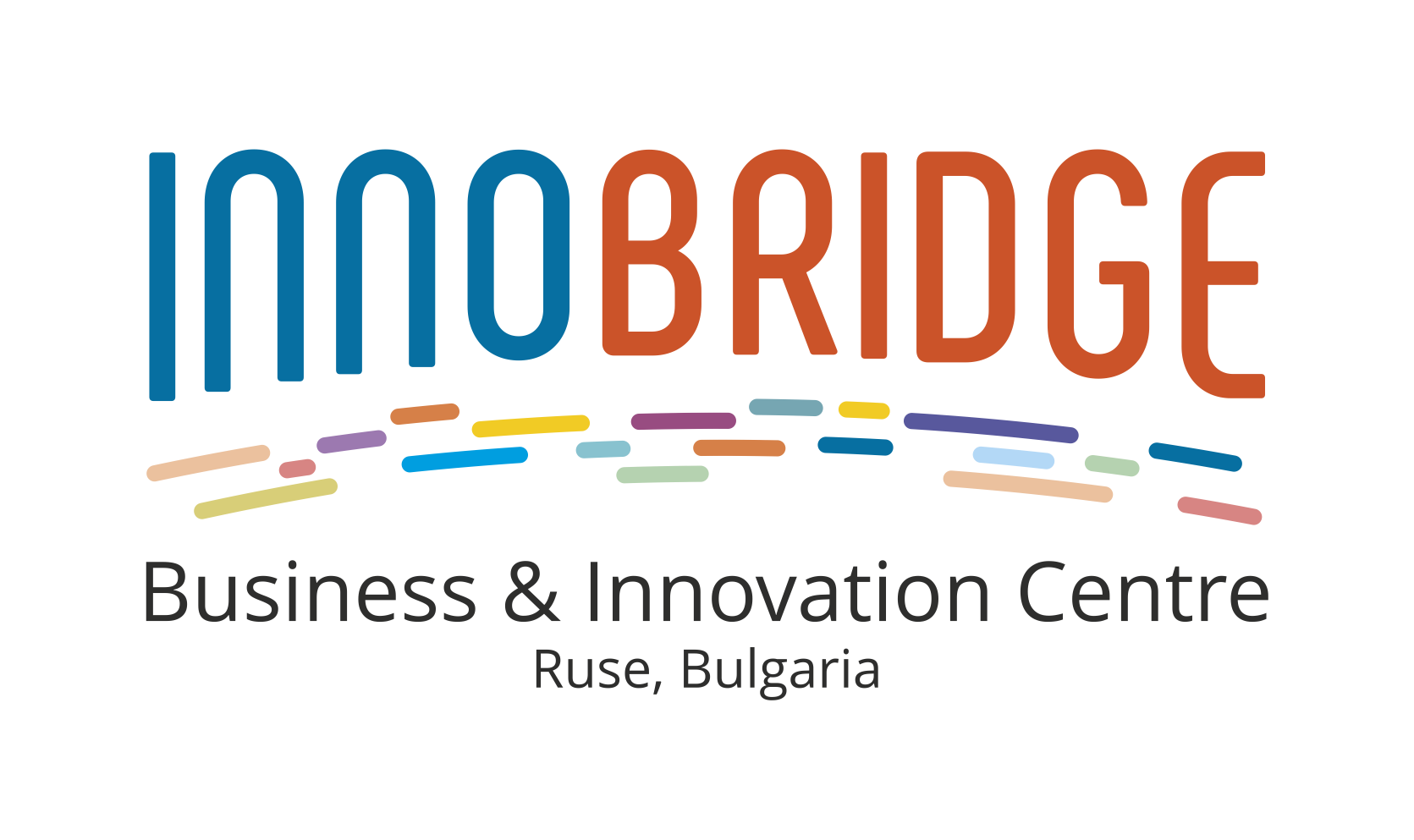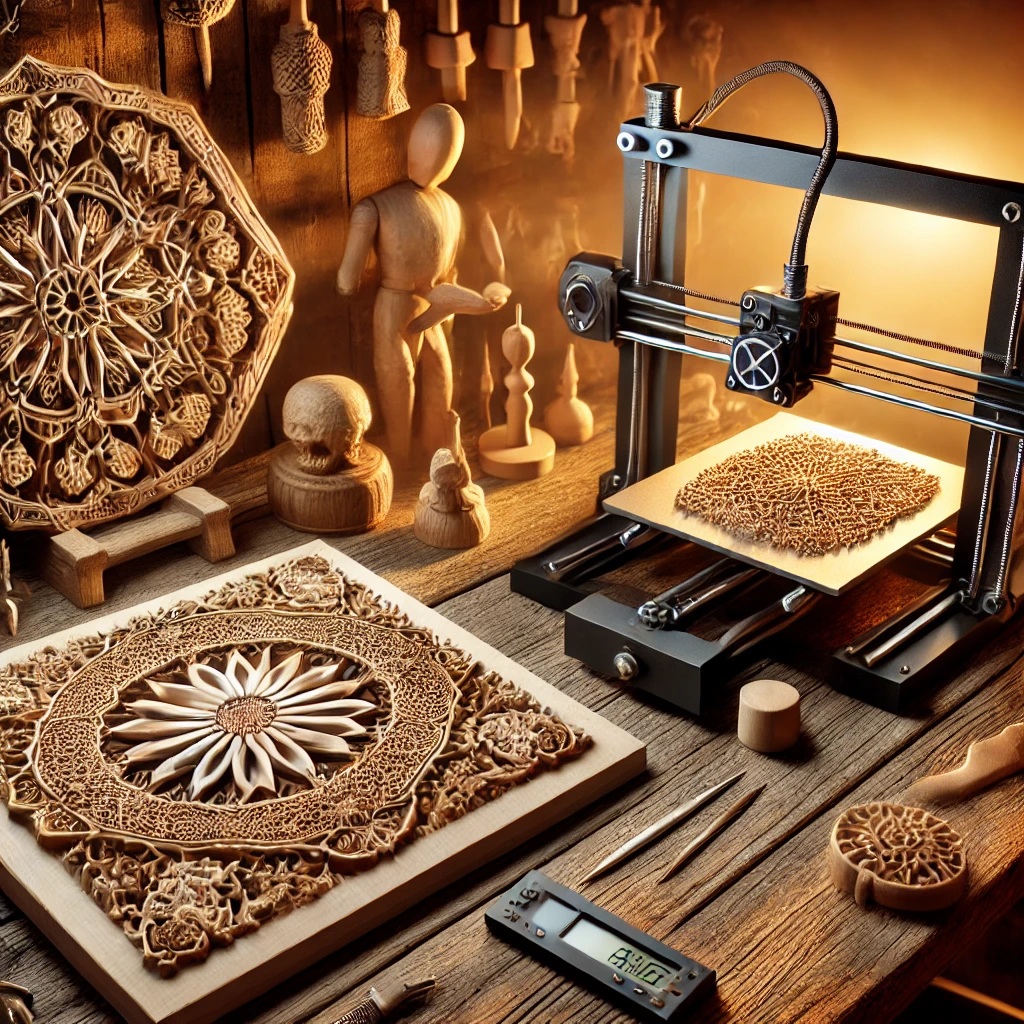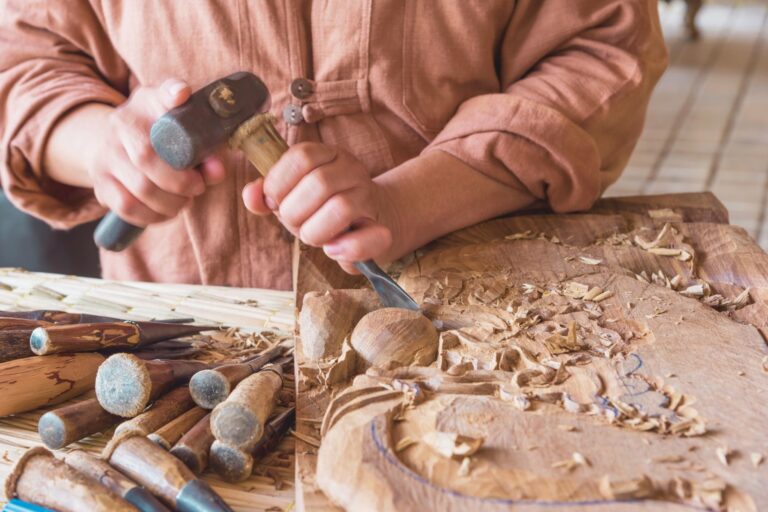How 3D printing can transform craft and wood carving
Craftsmanship and wood carving are part of the cultural heritage that has inspired for centuries with its beauty and complexity. Today, with the advent of 3D printing, these traditional arts have the opportunity to develop in a completely new direction. Technology not only complements artisanal skills, but also opens doors to innovations that would have been unthinkable just a few decades ago.
What is 3D printing?
3D printing, also called additive manufacturing, is a process in which three-dimensional objects are created by adding material layer by layer. Unlike traditional methods where material is removed or cut, here it is used to maximum effect. In crafting and carving, this means less waste, greater accuracy and new opportunities to create complex shapes and designs.
How does 3D printing contribute to craftsmanship?
Complexity and creativity
3D printing allows the creation of extremely complex details and shapes that are difficult to produce even by the most experienced craftsmen. This is especially valuable in wood carving, where decorative elements often require hours of manual work.
Prototyping
With the help of 3D printers, craftsmen can test their designs before moving on to the final woodwork. This saves time, materials and reduces the risk of errors.
Mixing traditional and modern techniques
Artisans can combine traditional methods with technologies such as 3D printing to create unique works. For example, an intricate ornament can be printed and then integrated into a handmade wooden frame.
Access to new materials
In addition to standard wood, 3D printing offers the possibility of working with wood composites that combine an authentic look with ease of work.
Example from the CRAFT3D project
The CRAFT3D project, in which Innobridge Business Innovation Center is involved, shows how 3D printing can be integrated into craft activities, and more specifically woodworking. Through training, a mentoring program and hands-on activities, the project will help artisans learn how to use new technologies in their work. In the coming months, BIC will start testing the project's training materials, which will be open and free to use.
What's ahead?
With the development of 3D printing, artisans have a unique opportunity to modernize their practices without losing the authenticity of their art. They can create better products, reduce costs and reach new markets.
3D printing is not a threat to traditions – it is a tool that enriches them. By combining the craftsmanship of artisans with the possibilities of new technologies, we can create a future where traditional art not only survives, but thrives. To learn more, explore the resources and programs offered by the CRAFT3D project or contact the Innobridge Business Innovation Center team.







